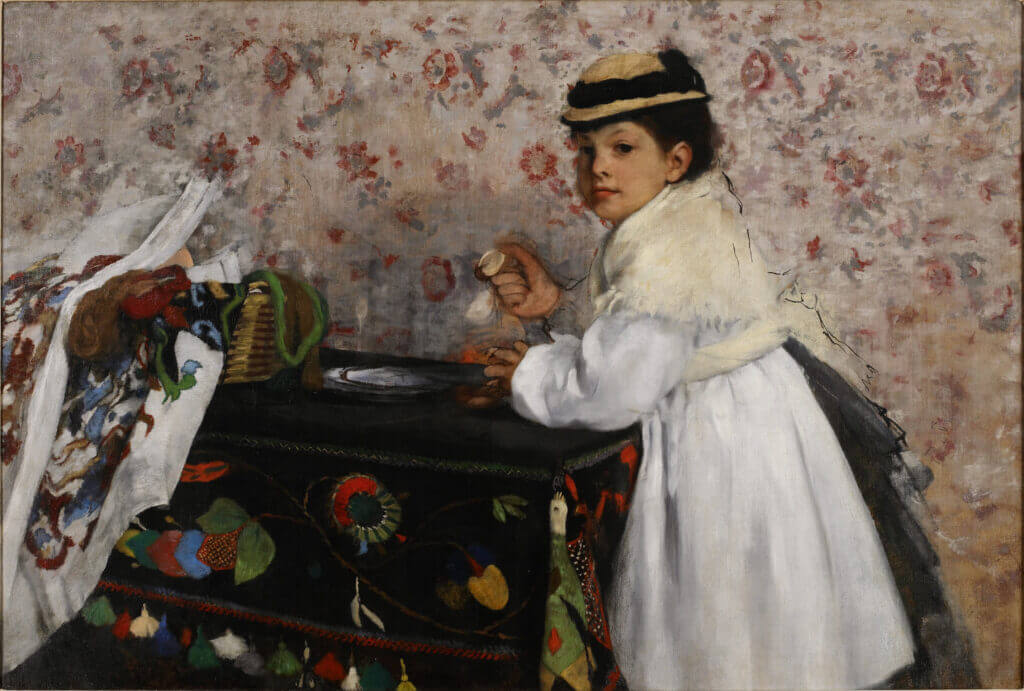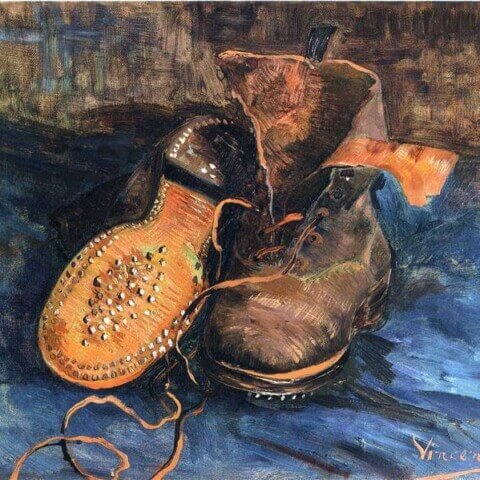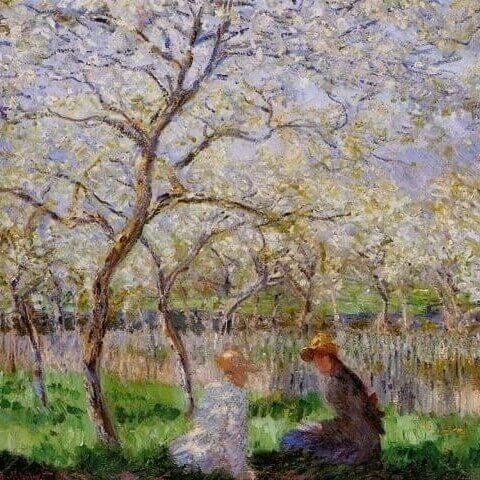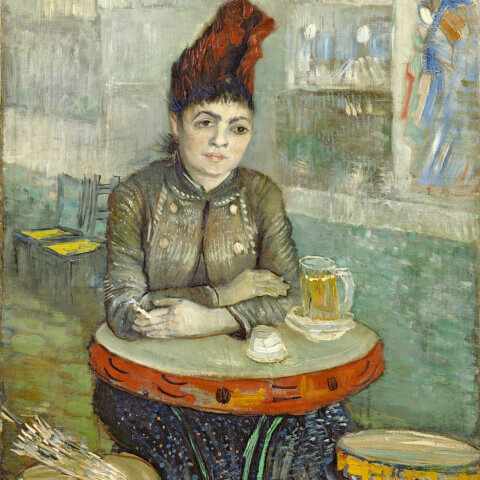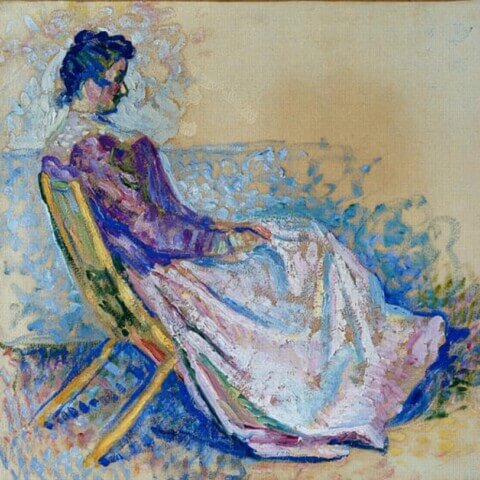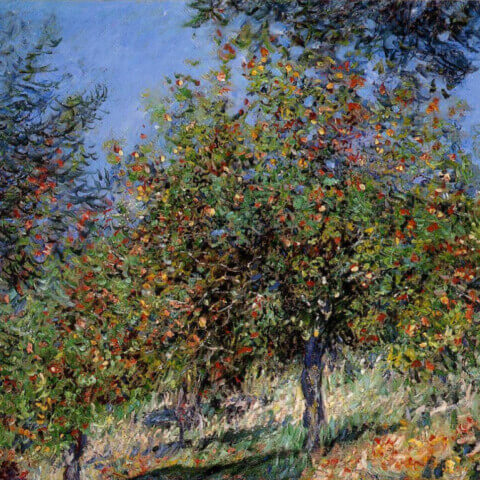Title: “”Edgar Degas’ Hortense Valpin: A Captivating Portrait from 1871″”
Year Painted: 1871
Edgar Degas’ portrait, “”Hortense Valpin,”” painted in 1871, holds a special place in art history for multiple reasons. This remarkable artwork not only offers a glimpse into the artist’s personal life but also signifies a significant departure from traditional portraiture.
Hortense Valpin was not just any subject; she was Degas’ sister-in-law. This familial connection adds an intimate dimension to the painting, as Degas captures a familiar face, someone he knew closely. In doing so, he imbues the artwork with a sense of warmth and familiarity.
What truly sets this portrait apart is Degas’ innovative approach to composition. Rather than depicting Hortense Valpin in a conventional manner, he chooses a daring and unconventional viewpoint. In the painting, we see her from behind, her back turned towards the viewer. This departure from traditional portraiture immediately captures the attention and curiosity of the viewer.
By adopting this unusual perspective, Degas invites us to consider the subject in a different light. He presents a candid moment, as if caught in the midst of everyday life. This departure from the grandeur and formality of traditional portraiture reflects Degas’ commitment to capturing the fleeting, transient moments of reality.
Degas’ emphasis on naturalness and simplicity in “”Hortense Valpin”” foreshadows his later affiliation with the Impressionist movement. While the brushwork remains precise and detailed, the composition exudes a sense of spontaneity and informality. This shift towards capturing the essence of a moment rather than meticulously rendering every detail marked a pivotal moment in the trajectory of art history.
The painting’s significance is further amplified by its place within Degas’ oeuvre. “”Hortense Valpin”” represents a turning point in the artist’s career, showcasing his willingness to experiment with composition and challenge the norms of portraiture. Through this portrait, Degas demonstrates his ability to infuse ordinary scenes with depth, emotion, and beauty.
In conclusion, Edgar Degas’ “”Hortense Valpin”” is a truly special painting. Painted in 1871, it not only portrays the artist’s sister-in-law but also exemplifies his departure from traditional portraiture. Through its unconventional composition and focus on capturing fleeting moments, this artwork highlights Degas’ innovative approach and foreshadows his eventual affiliation with the Impressionist movement. “”Hortense Valpin”” remains a captivating piece that invites viewers to appreciate the beauty found in everyday life.
At our art gallery, we take pride in offering comprehensive global shipping to our esteemed clientele. We understand the significance of your art acquisitions and the need to transport them with utmost care. Hence, we are committed to delivering your chosen paintings to any address worldwide and free of any additional charge.
Our reliable courier service partners are experienced in handling precious art pieces and ensure that your painting reaches you in pristine condition. We offer fully insured, door-to-door delivery, providing you with peace of mind that your artwork is protected during transit.
Moreover, to accommodate your unique framing preferences, we offer the distinctive service of sending your purchased artwork directly to any framer across the globe. This enables you to have your painting framed locally by your trusted framer, reducing the risk of damage during transportation.
Regardless of your location or your framer’s, we strive to make the process as seamless as possible. It is our goal to provide exceptional service that caters to your needs and ensures the safe delivery of your valuable artwork.
We invite you to experience our hassle-free, worldwide shipping service, which is aimed at delivering your prized art pieces safely and efficiently, wherever you may be.
Similar paintings
Join our newsletter
Signup for our newsletter and receive our inspiration guide and 20% discount on your first order!

